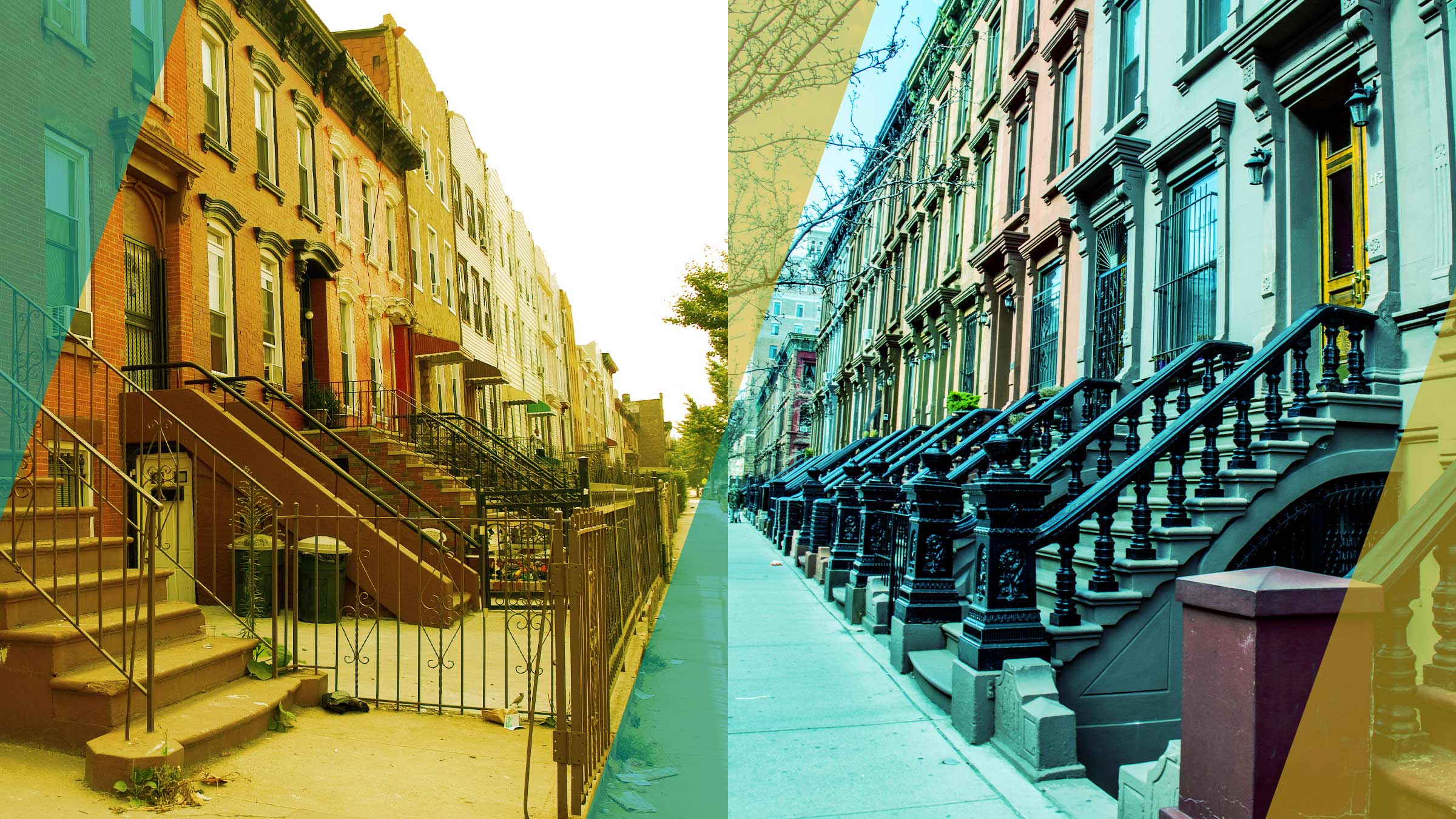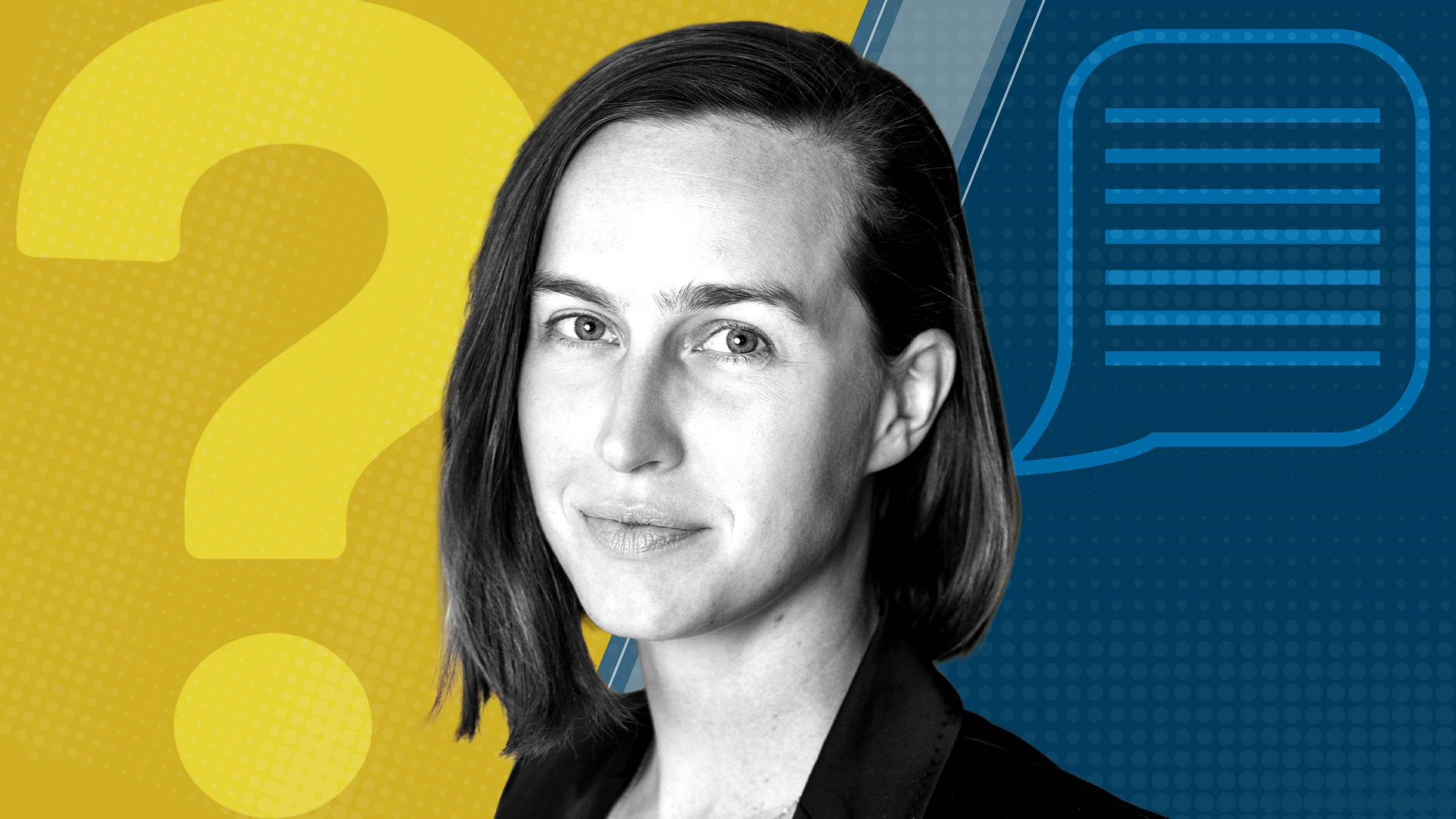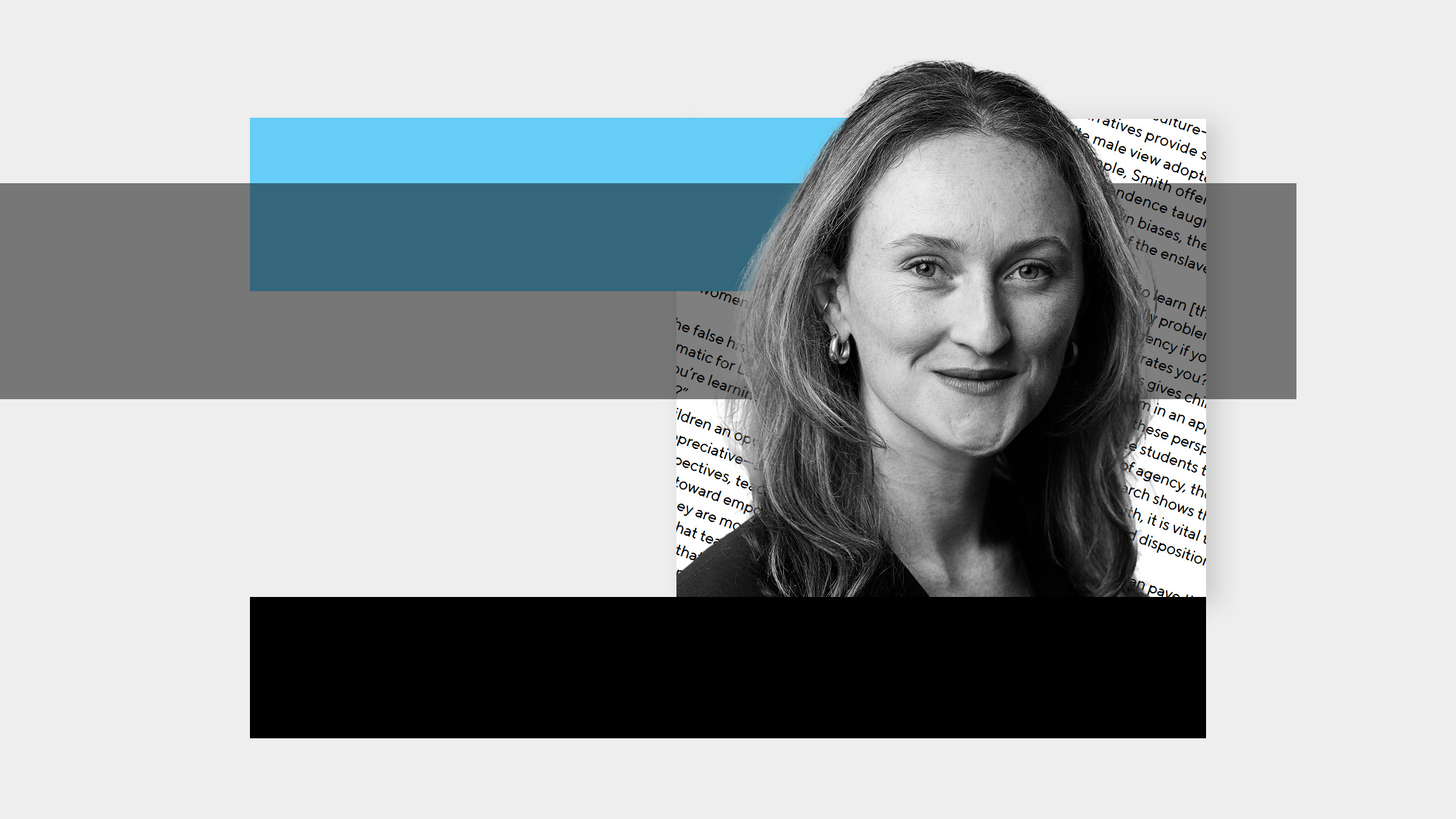Safety nets for investors provide public (as well as private) benefit. But could there be too much of a good thing?
Ideally, financial safety nets provide liquidity to investors of distressed banks or other financial institutions, thereby preventing a collapse that could lead to broader economic failure. Policymakers implement such protections to help keep the engines of commerce humming even during rocky times. But such safety nets can also encourage investors to take excessive risks, knowing they’ll be rescued if something goes wrong.
Avoiding this “moral hazard,” as economists term it, has received renewed attention from economists since the financial crisis that triggered the Great Recession, including an article on efficient bailouts by Minneapolis Fed Senior Economist Javier Bianchi earlier this year (“Efficient Bailouts”). (See also “Bailouts Are Good(?)”)
Now Bianchi and co-authors Julien Bengui and Louphou Coulibaly of the Université de Montréal, have zeroed in on financial safety nets. Their research provides a careful theoretical analysis of the impact safety nets have on investors, formalizing the extensive but more casual discussion the topic has received. In “Financial Safety Nets” (SR 535), the three economists look at whether there is a way to exclude potential financial free riders from protection without making the broader financial system more vulnerable. Their model seeks the right balance between financial stability and moral hazard. Or, as they put it, “How wide should the financial safety net be?”
Their answer: It depends. If the government can absolutely commit to follow its stated policy—never wavering under any circumstance— then “the optimal safety net covers all investors.” But without such unconditional policy consistency—if a government cannot credibly guarantee that it won’t change policy when crisis hits—the best net covers only a subset of investors, not all. “The optimal safety net,” they conclude, “resembles the current framework.”
An uneven playing field
In the current framework, of course, the government protects some kinds of investments, but not others, establishing an uneven playing field. U.S. banks, for example, have an extremely strong safety net, with deposits insured up to $250,000 by the Federal Deposit Insurance Corporation. They also have exclusive access to credit through the Federal Reserve, the lender of last resort.
Other institutions do not operate with the same levels of protection. The shadow banking sector is a prominent example. In recent years, hedge funds, online lenders and asset management companies have garnered an increasing share of financial activity. By 2013, shadow banks held $25 trillion in assets in the United States, more than the traditional banking system, according to the Financial Stability Board. Most of these entities are not subject to the same kinds of regulation as banks, and some have been blamed for the risky behaviors that led to the last financial crisis. The uncertainty of what would happen to these entities in another crisis makes the financial system as a whole more vulnerable. (See “The Minneapolis Plan to End Too Big to Fail,” a Minneapolis Fed initiative to reduce this vulnerability.)
Regulators might commit themselves to not rescuing such shadow banks. But on the brink of a global financial meltdown, that can be a tough rule to stick to, as was apparent during the recent financial crisis.
Knowing this reality, the authors build a model that analyzes two routes to an optimal financial safety net. First, if the government can truly commit to a policy on providing liquidity—guaranteeing protection for a specific type of institution, but not for others—the optimal safety net would cover all investors.
But then they look at another possibility. Suppose, as seems more likely, the government can’t commit? What then are the trade-offs of offering more or less protection?
The right-sized net
To find an answer, the economists construct a model in which investors save short-term and long-term assets. All investors will be subject to individual liquidity shocks, but the government decides at the outset the share of investors that would be eligible for liquidity support, if needed. “This intends to capture the fact that only a subset of financial institutions are granted access to facilities such as the discount window or deposit insurance, which is a cornerstone of the current financial architecture,” they write.
Their analysis considers three possible sizes of safety net (or “protected sphere,” as they term it): large, midsized and small.
In all three scenarios, the protected investors react the same way: They invest in long-term assets, knowing that they can access cash from the government when they need it. This is good for those investors, but not necessarily optimal for the system as a whole. (Markets in their model are “incomplete” in that investors face a limit to how much money they are able to borrow in private markets under enforceable contracts. That assumption motivates the need for public liquidity provision, and safety nets.)
When the safety net is large, the model predicts, not enough people self-insure by investing some money in short-term assets. With so many people taking free rides on others’ short-term investments, the government must issue a great deal of public debt to provide enough liquidity. This in turn pushes up interest rates on government bonds, which hurts investors who need to borrow. The costs of a big safety net outweigh the benefits, the authors conclude.
When the safety net is small, however, only the protected few benefit. Liquidity that is scarce is more likely to be hoarded, and the welfare gap between those investors and the unprotected is magnified.
With the midsized safety net, however, the trade-offs are balanced. There are enough investments in short-term assets to keep the system liquid without the government having to issue a lot of debt. Moral hazard is minimized. And despite not benefiting directly from the government’s liquidity provision, unprotected investors are able to get returns as good as their protected neighbors, say the economists.
Policy implications
The report arrives at a moment when key tenets of financial regulation and reform are being re-examined.
While some have argued that financial safety nets should be expanded, the model’s results argue against such a move: A supersized safety net would lead to underinvestment in liquid assets and too little risk sharing, at too high a social cost.
The optimal safety net, conclude Bengui, Bianchi and Coulibaly, should limit from the start the universe of investors who are eligible for support, much like the current system, in which only banks can access credit from their central bank, or lender of last resort. That is the best way to provide enough liquidity for the system to operate effectively while avoiding moral hazard. As it turns out, the best financial safety net might be the one that already exists.





